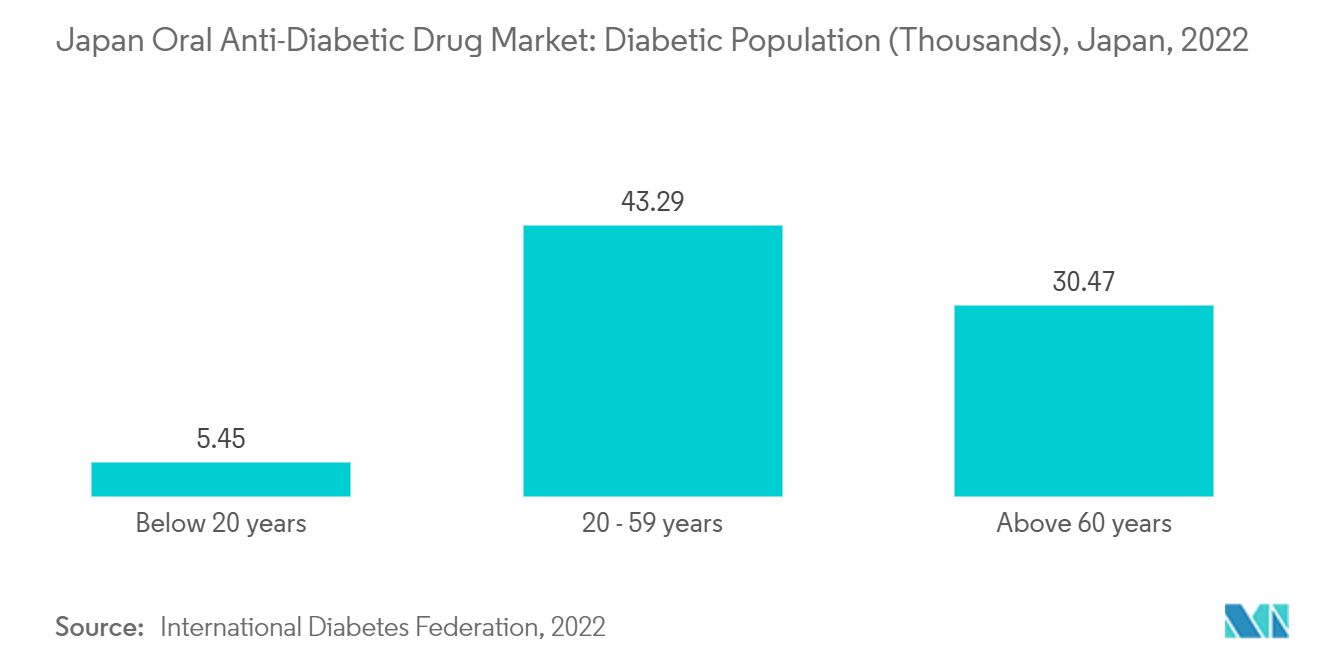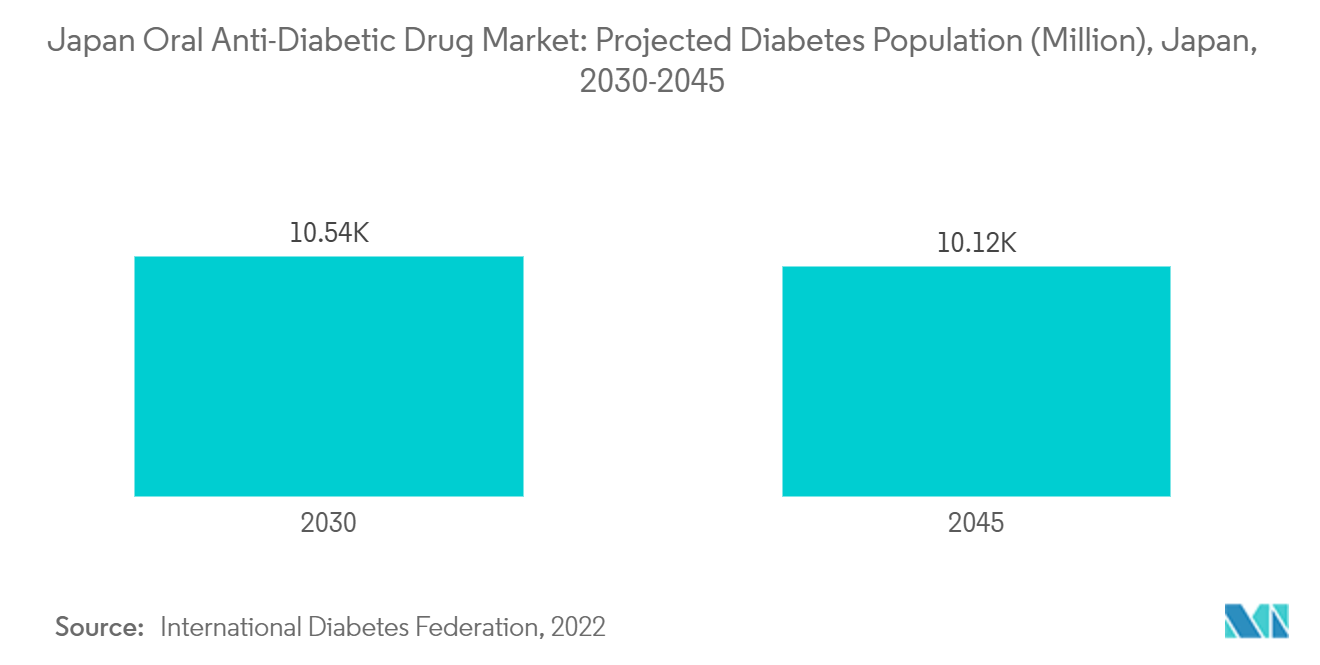Market Trends of Japan Oral Anti-Diabetic Drug Industry
The GLP-1 Receptor Agonists Segment is Expected to Hold a Significant Market Share
In Japan's pharmaceutical landscape, GLP-1 receptor agonists (GLP-1 RAs) are carving out a crucial niche, especially for managing Type 2 diabetes and obesity. These medications help regulate blood glucose levels and are increasingly recognized for addressing obesity. They are administered primarily through injectables.
In Japan, adult patients grappling with hypertension, hyperlipidemia, or Type 2 diabetes mellitus turn to GLP-1 RAs when dietary changes and exercise fall short. This wide-ranging application highlights the significance of GLP-1 RAs in tackling prevalent health challenges in Japan.
Insights from a study released in September 2023 by Elsevier BV showed the real-world effectiveness of GLP-1 RAs in Japan. The research monitored patients over time, noting positive shifts in key clinical metrics like HbA1c (glycated hemoglobin), body weight (BW), and body mass index (BMI) in GLP-1 RA-naive Type 2 diabetes patients. Impressively, these enhancements were evident even in the elderly, underscoring the medication's broad efficacy.
Such findings help boost the clinical credibility of GLP-1 RAs and foster greater acceptance among both healthcare professionals and patients. Given Japan's emphasis on effective long-term solutions for chronic ailments, the pronounced benefits of GLP-1 RAs in managing diabetes and obesity resonate strongly.
In April 2023, the GLP-1 RA segment debuted Mounjaro, a collaboration between Eli Lilly Japan and Mitsubishi Tanabe Pharma Corporation (MTPC). Mounjaro is the inaugural sustained-release formulation globally, merging glucagon-like peptide-1 (GLP-1) receptor agonist and glucose-dependent insulinotropic polypeptide (GIP) receptor agonist. By stimulating both GIP and GLP-1 receptors, this innovative medication heralded a transformative leap in diabetes management.
Mounjaro's entry is poised to amplify the GLP-1 RA segment’s footprint in Japan. Engaging multiple pathways for glucose regulation emerges as a promising therapeutic alternative, potentially outshining current treatments and enhancing patient outcomes.
With Japan's unwavering commitment to pioneering treatments for chronic ailments, GLP-1 RAs are set to be pivotal in the nation's healthcare narrative. The continuous influx of novel medications, coupled with persistent research endeavors, underscores the growing prominence of GLP-1 RAs in bolstering patient health and propelling market expansion.

The Increasing Diabetes Population in Japan is Driving the Market
Diabetes is a global health concern. Japan’s escalating diabetes rates are raising alarms, urging swift action from healthcare authorities and stakeholders.
The Ministry of Health, Labor, and Welfare in Japan has identified diabetes as a critical health priority. Notably, type 2 diabetes is proving to be a significant economic burden, especially for patients with comorbid conditions such as hypertension and hyperlipidemia or those facing complications.
Diabetes is increasing across all age groups in Japan, a trend attributed to a growing obese population, unhealthy dietary choices, and sedentary lifestyles. Projections from the International Diabetes Federation (IDF) indicate that Japan's diabetic population will reach 10,542.7 thousand by 2030 and 10,117.9 thousand by 2045.
As the diabetic population rises, Japan is witnessing a surge in new product launches and guideline revisions. In May 2024, the Japan Diabetes Society issued updated guidelines emphasizing the safe usage of diabetes medications, particularly incretin-related drugs. This initiative was prompted by the increased adoption of GLP-1 receptor agonists, recognized for their efficacy in handling blood sugar and aiding weight loss. These drugs also show promise in addressing diabetes-related kidney and cardiovascular issues, especially with the introduction of oral formulations.
Japan's battle with diabetes presents both challenges and opportunities. The nation's commitment to addressing this health crisis through innovative solutions and updated protocols will be crucial in mitigating the future health and economic impacts of diabetes.


